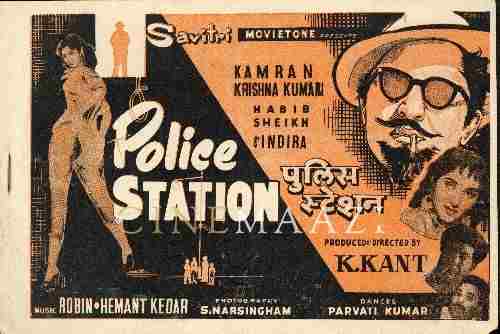K C Dey
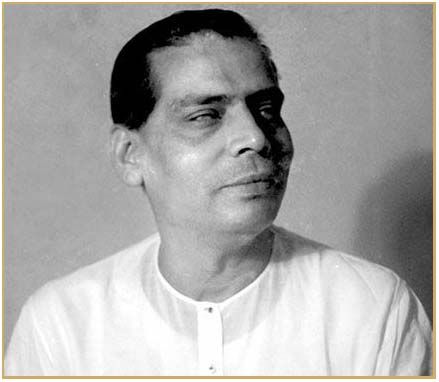
- Real Name: Krishna Chandra Dey
- Born: 24 August, 1893 (Calcutta, British India)
- Died: 28 November, 1962 (Calcutta, West Bengal, India)
- Parents: Ratnmala Devi and Shibchandra Dey
- Spouse: Tarakbala
- Children: Manna Dey (Nephew)
Music composer Krishna Chandra Dey, better known as K C Dey, was a leading musician of Bengali cinema, in particular of Calcutta’s New Theatres. A multi-talented artist, besides being a music director and musician, he was a singer, actor, and music teacher. Owing to an illness, he lost his eyesight at the age of 13; however, that did not prevent him from pursuing his passion and becoming one of the early leaders of Indian film music. Working in an era dominated by leading names such as K L Saigal and Pankaj Mullick, he was also known to be the mentor and guide of prominent music director S D Burman. He also influenced his nephew Manna Dey to take up music and not law, which the latter’s chartered accountant father wished. Among the many films he is known for are Chandidas (1932), Shaher Ka Jadoo (1934), Devdas (1935), Dharti Mata (1938), Anirban (1948), and Bhagaban Shrikrishna Chaitanya (1953).
Born Krishna Chandra Dey in Calcutta on the festival of Janmashtami in August 1893, he was named Krishna by his parents Shibchandra Dey and Ratnmala Devi. He showed an affinity for music from early childhood itself. A gifted singer, he would attend many musical gatherings in his youth. Tragedy stuck at the age of 13, when he lost his eyesight after suffering severe pain in the head. All medical treatments proved ineffective and he soon became blind. His love of music prevailed and emerged stronger through his vocal performances. His physical handicap evidently endowed him with inner vision and a divine voice, rendering his songs deeply moving. His musical knowledge and training was enhanced by famous musicians such as Sashi Bushan Dey, Satish Chattopaddhya, Darshan Singh, Ustad Keramutulla Khan, Ustad Badal Khan, Amarnath Bhattacharya, Ustad Dabir Khan, Satish Dutta and Radha Raman Das. He also received training in tabla from Kanthey Maharaj of Banaras. Patronised by many elite families of Calcutta at that time, he was known to perform at celebrations at the rajbaris or palatial homes of Sovabazar, Mitra House of Beadon Street and many others.
His earliest recordings were for the Gramophone Co Ltd, in February 1917. He recorded at their studios attached to their factory at 139, Beliaghatta Road, Sealdah, Calcutta. While the following few years were comparatively low-key as far as his musical career went, the superior musical training he was undergoing brought maturity to his powerful yet melodious voice.
Drawn to the film industry, among his earliest films is the Bengali film Chandidas (1932); he both acted and sang in this New Theatres’ production. His songs in the film started a new and illustrious chapter for Dey, establishing him as one of the most popular entertainers of the time. He was in demand not only as an actor and singer between 1933 and 1935, but also as a music director for films produced by East India Films, New Theatres Ltd., both of Calcutta, and also Sagar Movietone, Bombay. His songs such as Jao jao aye mere sadhu from Puran Bhagat (1933) with its minimal orchestration, and Baba man ki ankhen khol from Dhoop Chaaon (1935) are remembered as a significant part of Dey’s body of work. As a music director, he had an intrinsic ability to visualise the story, action and situation of a film, and compose the tune accordingly. In 1942, he travelled to Bombay where he scored music for films as well as performed in acting and singing roles. However, he returned to Calcutta in 1946, dissatisfied with his level of singing and compositions. He sang and composed music for films from 1932 till 1946.
Besides singing in the films he composed music for, he also rendered songs for other composers such as R C Boral, Pankaj Mullick and Timir Baran. His sang approximately 70 film songs in 20 films in the course of his career. He also sang a large number of non-film songs such as geets, bhajans, naats, and ghazals in classical ragas in Hindi and Bengali. Best remembered for his Hindu devotional kirtan songs, he also recorded 8 naats or Muslim religious songs. Among his memorable songs are Panghat pe Kanhaiya aata hai and Gokul se gaye Giridhari from Vidyapati (1937), Maan na kar ab sajni from Aandhi (1940), Man moorakh kahna maan from Meenakshi (1942), the non-film Hori khele Kanhaiya baro ragri, the bhajans Shri Ram bhajo sukh mein dukh mein, and Japo re Ram naam sukhdayi, and Rozey pe pahunchi ye jab tauseef-e-sana keejey.
In time, Dey transitioned to teaching. As the music guru of legendary music director Sachin Dev Burman, Dey guided the young man towards achieving clarity in his singing. Under his training, Burman learnt to shed the extraneous pretensions, and raise the quality of his voice. Dey also exerted considerable influence on his nephew, Probodh Chandra Dey, who idolised his uncle as well as his talented protégé, Burman. Probodh would also go on to carve a successful music career as the singer-composer Manna Dey. As the latter’s music mentor, he not only gave him the name Manna, but also facilitated his first break in the film Ram Rajya (1967).
Dey was known to have been closely associated with Miss Tarakbala, and had prepared the music for her recordings by The Gramophone Co., Ltd during the 1930s. They were married, following which Miss Tarakbala was renamed Roma Dey. Dey lovingly addressed her as Memsahib. The couple had a son, who passed away at the age of 14.
Krishna Chandra Dey passed away on 28 November, 1962 in Calcutta. He was 69. He left behind a considerable legacy of approximately 600 songs rendered in various languages from Hindi and Gujarati, to Bengali and Urdu, besides a reputation as a master of classical music.
References
http://downmelodylane.com/kcdey.html
https://www.cinestaan.com/articles/2015/nov/30/210
https://www.songsofyore.com/kc-dey-the-divine-singer-with-inner-vision/
https://www.thehindubusinessline.com/todays-paper/tp-life/Its-Manna-for-the-soul/article20301431.ece
Image courtesy: https://www.anandabazar.com/patrika/special-article-about-singer-krishna-chandra-dey-1.988000
-
Filmography (15)
SortRole
-
Door Chalen 1946
-
Insaaf 1946
-
Shravan Kumar 1946
-
Devdasi 1945
-
Suno Sunata Hoon 1944
-
Andhera 1943
-
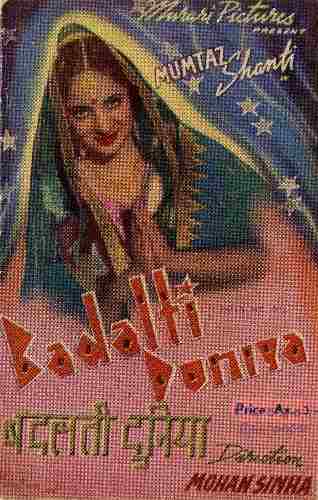
Badalti Duniya 1943
-
Mohabbat 1943
-
Meenakshi 1942
-
Mera Gaon 1942
-
Tamanna 1942
-
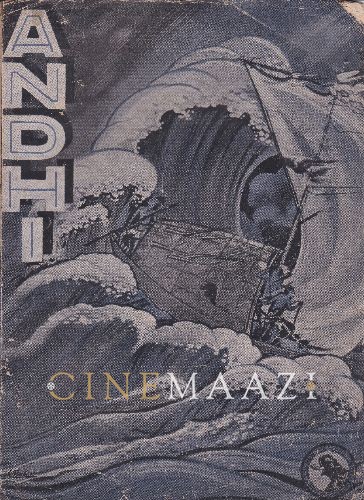
Andhi 1940
-





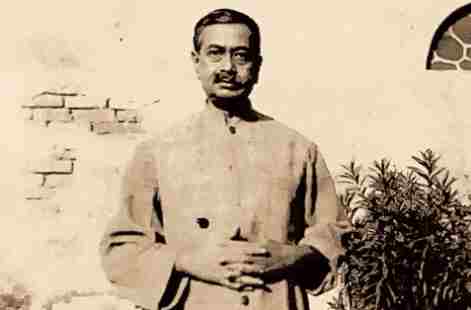
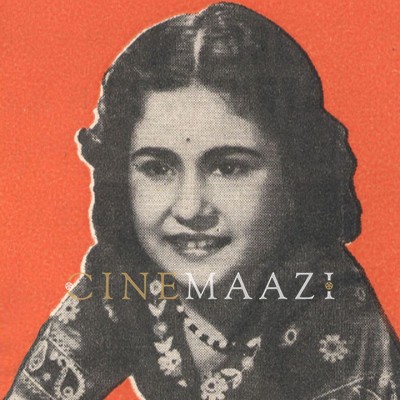
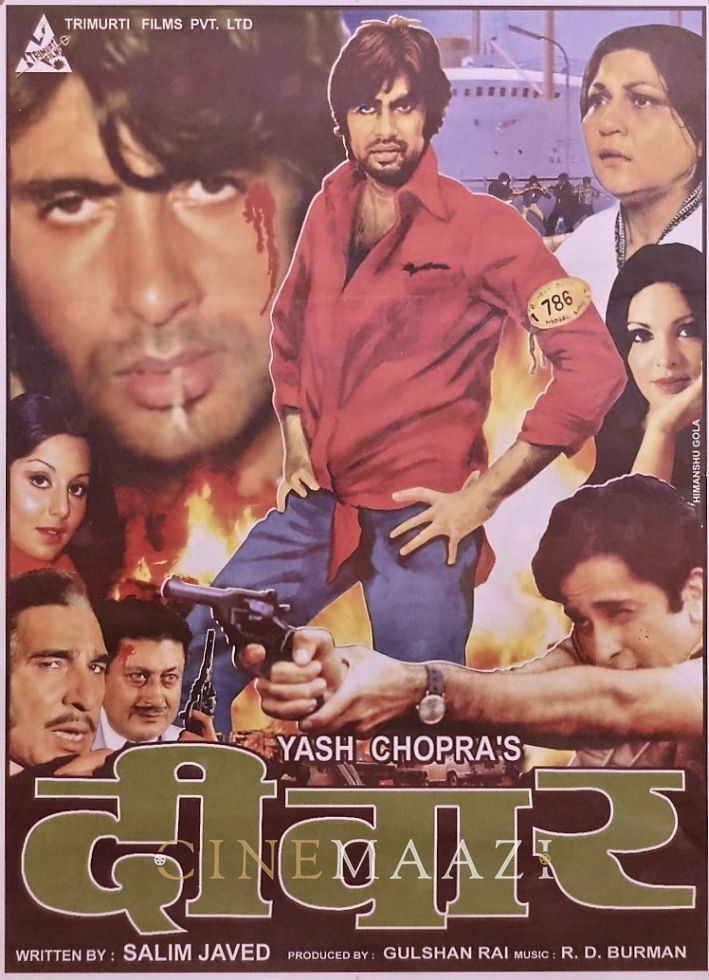
.jpg)

